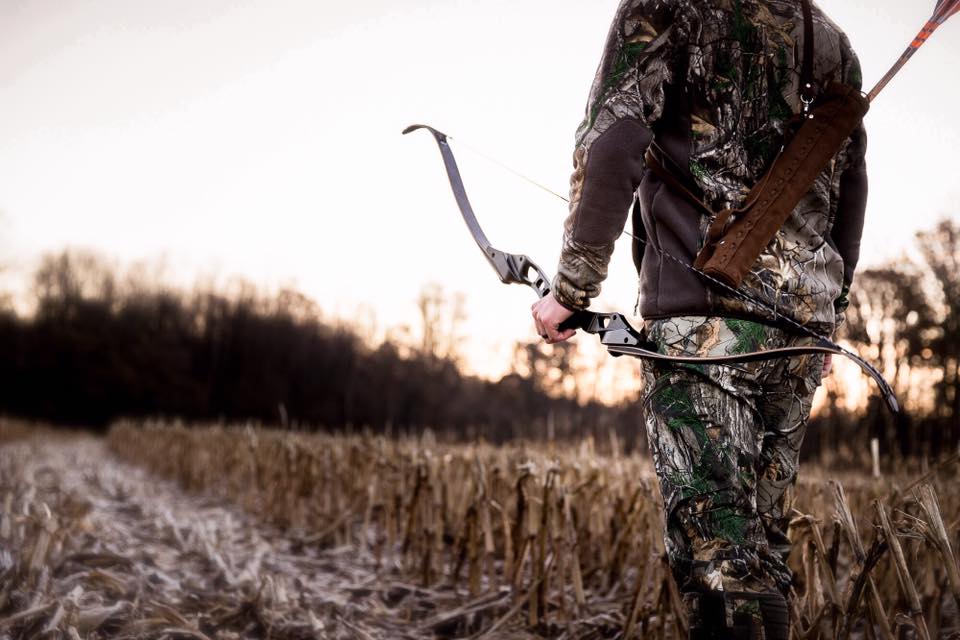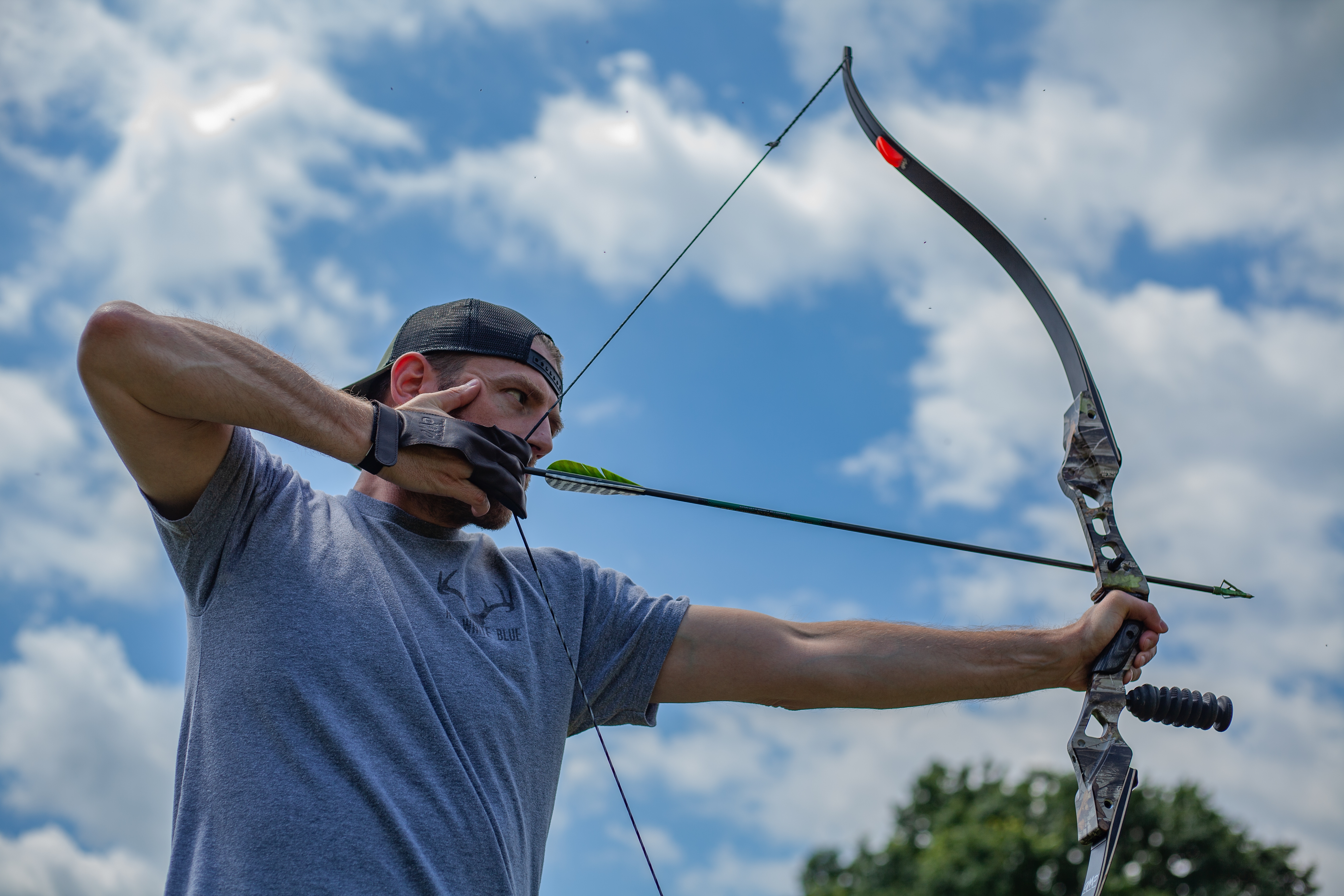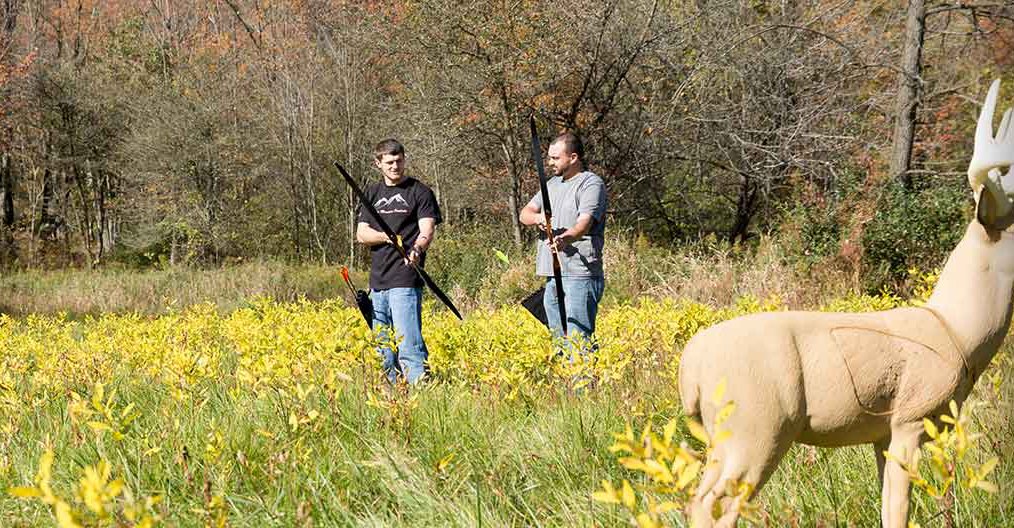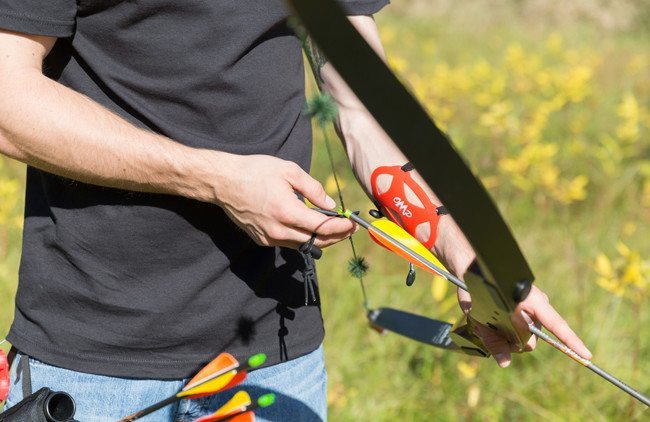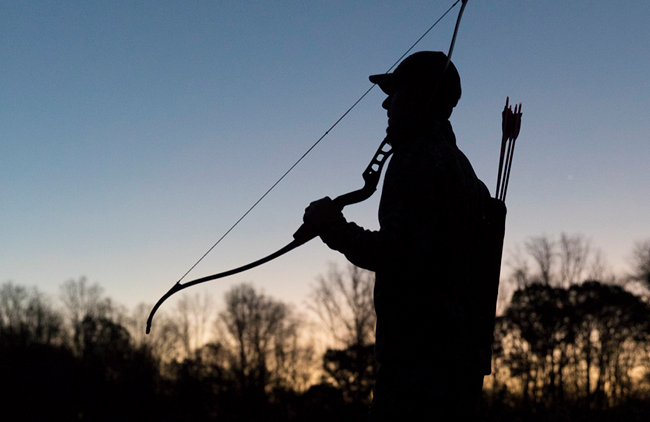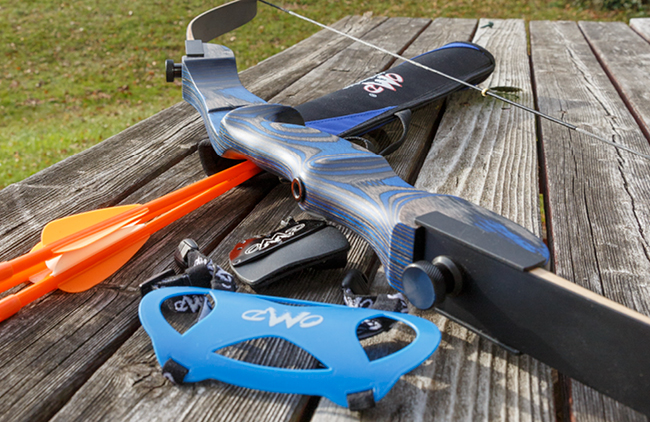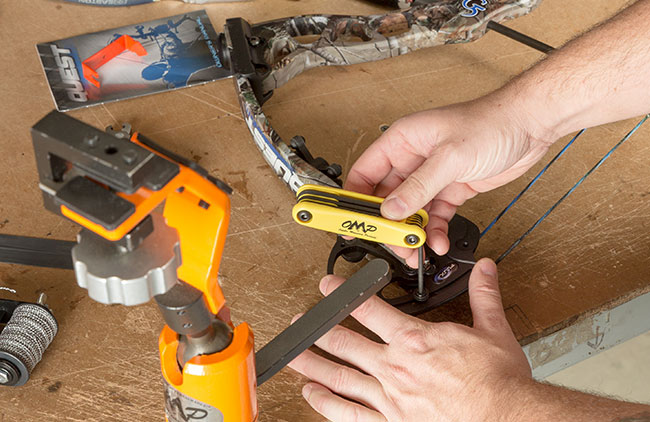Traditional Archers Path | Deer Hunting Basics With Traditional Archery Gear
Deer Hunting With a Recurve Bow
Deer hunting with a recurve bow is a highly rewarding and extremely challenging sport. It not only requires skill with a traditional bow and stealth on the part of the hunter, but in-depth knowledge of the animal being hunted. Of all the big game animals hunted the most popular one is the white-tailed deer for several simple reasons. White-tailed deer are widespread across the country and can be found in abundance on both public and private land. Depending upon where a bow hunter lives they can normally find excellent deer hunting within a short drive or in many cases a short walk out the back door.
However just because deer can be found in abundance doesn’t mean they are easy to harvest. Many experienced hunters will tell you that when hunted with a recurve bow the whitetail is one of the most challenging trophies known regardless if it is a record book buck or a mature doe. Deer have adapted to human activity and can quickly pattern a careless hunter. Their hearing and eyesight are only surpassed by their sense of smell. Bowhunting deer is a short-range game and means the hunter has to get close to get a good shot making a difficult task at times seemingly impossible. Let’s look at some of the major equipment and hunting considerations that will help the recurve hunter tilt the odds of success in their favor.
Traditional Deer Hunting Gear Needed
A traditional bow or hunting recurve is more than adequate to take a whitetail deer or much larger game as well. Elephant, Cape buffalo and most African big game trophies, as well as elk, moose, Alaska brown bears plus much more, have been taken with traditional archery equipment. In each case, the equipment selected must match the game sought and in our case, we will be focusing on the white-tailed deer.
Recurve Bow Draw Weight for Deer
When it comes to draw weights for whitetail excessive weight is not necessary but the more weight you can shoot comfortably and accurately the better. As a general rule 45 pounds is a good point to start. Lighter bows will kill deer as well but they can lack the extra push needed for maximum penetration if the arrow encounters a heavy muscle mass or a bone. Bows of 45 to 55-pound draw weight will easily provide enough force to reach the vitals of a whitetail on a typical bow shot of 20 yards or less.
What is the Max Distance You Can Shoot a Deer with a Recurve Bow?
While bow weight is a normal consideration the other component is accuracy. Bowhunting is a close-range sport and the average successful shot at a whitetail deer is approximately 15 to 17 yards. A bowhunter should never shoot outside of their effective range defined as the range in which they can keep their shots constantly within a six-inch circle. The distance at which each bowhunter can do this is different, for some, it might be 15 yards while for others it could be 25 or 30 yards. It depends entirely upon experience, practice and skill level. It is important for each bow hunter to establish that distance and to strive to increase it once achieved by another yard or two. Hard work, consistent shooting form, and practice will help increase your effective range. Regardless of how well you can shoot it is always advisable to set-up your hunting site to get as close as possible to your game. Decreasing the distance increases the chances of proper shot placement. Practicing to hit a target at a longer range does not mean you should try long shots when hunting. However, increasing your shooting ability at longer ranges greatly increase your chances of a vital hit when you have a closer opportunity.
Hunting Arrows for Recurve Bows
Make sure your hunting arrows are matched to your draw weight and draw length as well as to each other in weight and spine or stiffness for consistency and better groups. Hunting arrows should be cut slightly longer to ensure the broadhead has adequate clearance when drawn back and it does not contact the bow or your bow hand. Strong helical fletching works best with traditional equipment. It helps stabilize the arrow quickly which is important especially when shooting short distances. Heavy hunting arrows will not fly as fast as a lighter shaft but as previously stated our bowhunting shots will be short-range so speed is not as critical. However, the additional weight will increase penetration and that is very important to ensure the arrow reaches the vitals and/or produces the longest wound channel possible.
Broadhead Selection
When it comes to broadhead selection traditional shooters are best suited by two or three fixed bladed heads as opposed to mechanicals which is better suited for faster high-energy compounds. Pay particular attention to the tip design. Pyramid style points, cut-on contact or bone busting style tips are much better than cone-shaped tips. The broadhead tip creates an entry hole for the blades and the object is to do this with the least amount of force necessary to ensure maximum penetration. Always sight your bow in using broadheads regardless if you shoot instinctively or with a bow sight. Broadheads and field tips seldom fly the same even if they are the same weight due to different aerodynamic characteristics. Arrows kill by creating hemorrhage. The greater the hemorrhage the quicker the animal succumbs to the wound and more humane the shot. Always shoot with a sharp broadhead. When using broadheads that can be sharpened always make sure they are razor-sharp before going afield. Broadheads with replaceable blades should have fresh new blades installed.
Shooting a Deer With a Recurve Bow
Take the time to learn the physical structure of the whitetail and vital organ placement. Information is available on-line as well as in the library. A bow is not a rifle, it has no shocking power and an arrow can be deflected by bone or heavy muscles. A traditional bow hunter’s target should always be the heart-lung area of the deer. This area contains the greatest concentration of blood vessels and a razor-sharp arrow striking this area will inflict a mortal wound.
Study photos and videos of deer to determine the proper place to aim to strike the heart-lung area remembering the path to this area changes depending upon the angle at which the deer is standing when the shot is taken. Avoid frontal or shots from the rear of an animal as these normally simply result in a wounded animal. A broadside shot is desirable but wait to release the arrow until the deer’s leg is in the forward position as this presents easier entry to the chest cavity. Taking a shot with the deer’s leg in the rearward position can result in the arrow striking the leg bone or shoulder blade both of which can stop or severely limit the arrows penetration. Either of these hits will normally result in a lost wounded deer. The ideal shot with a recurve bow on deer is a quartering away shot. This allows the arrow to enter the animal through the softer meat and ribs behind the chest cavity and angle into the heart-lung area with minimum resistance. If hunting from an elevated stand this angle is even better as the arrow will tend to enter high on the animal and angle down through the chest cavity with an exit hole on the underside of the animal for an easy to follow blood trail.
The best opportunity for shots when hunting with a traditional bow is setting up an ambush along trails leading to and from bedding and feeding areas or along the edges of feeding areas. Plan ahead when selecting a spot for your stand or blind. Although nothing is positive always anticipate the direction of travel of the deer and set up accordingly. Setting up facing the deer’s anticipated approach will result in a frontal shot which should not be attempted with a bow. Set up in cover along the trail or feeding area to allow the deer to pass you at a slight angle presenting a broadside shot or the more desirable quartering away shot.
Always “pick a spot” when taking a shot. Never simply shoot at the deer. Be specific and focus on the spot that will lead your arrow to the middle of the chest cavity. Always assume you have a hit. Unless you definitely see your arrow miss the animal or if you find your arrow with no sign of blood you must assume you have a hit and react accordingly. Depending upon shot placement it is possible for a deer to be fatally wounded and leave no blood trail. Also if you find blood never assume a little blood means a minor hit. Any blood deserves a thorough search for the animal.
An arrow struck deer can be recovered within 50 to 70 yards if the proper shot placement is achieved. However, deer can also travel long distances if no vital organs are struck before they are recovered. In either case, tracking the animal will be required. There are a number of books and videos available on the tracking of wounded deer. All bow hunters are encouraged to learn as much as possible about the art of tracking to ensure recovery of game. Also, buddy up with a hunter with experience to learn this art in the field when the opportunity presents itself!
Every ethical bow hunter must make every effort to recover wounded game. It is an exciting part of the hunt and one which we all must take responsibility for to ensure we make a maximum recovery effort.

